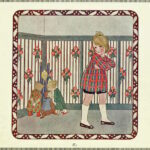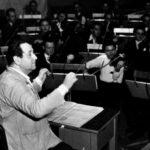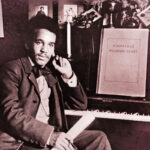Composed around 1720-25, this is the first of Bach’s four orchestral suites, which were a series of instrumental compositions that often featured dance-inspired movements showcasing varied tempos and textures. Scored for 2 oboes, bassoon and strings, it is written in the “French overture” style, very popular in Germany in the early 18th century. It hearkens back to works composed for the French court of Louis XIV (1638-1715).
The first movement, “Overture,” has a slow, grand opening to which a king might make an entrance, with sharply accented motifs; followed by a fast fugal section interweaving strings with the wind soloists before reprising the grand opening at the end.
Next are six different dance movements, each with its own unique character. The Gavotte, Bourrée, and Passepied each have “alternative” sections which feature both oboes and bassoon, either as a solo group or with string accompaniment.
Although the dance models were French, Bach put his own mark on everything. The oboes and bassoon double the strings, but sometimes go their own way too, thus creating a sort of concerto grosso in disguise.
Somehow Bach also found the time to direct the Collegium Musicum, an amateur ensemble founded by Georg Philipp Telemann. With most concerts held at a coffee house, it provided Bach a space where he could present secular music not fit for church, including the four surviving Orchestral Suites.
Orchestral Suite No. 1 in C Major
BWV 1066
Composed in 1720-25
By Johann Sebastian Bach



